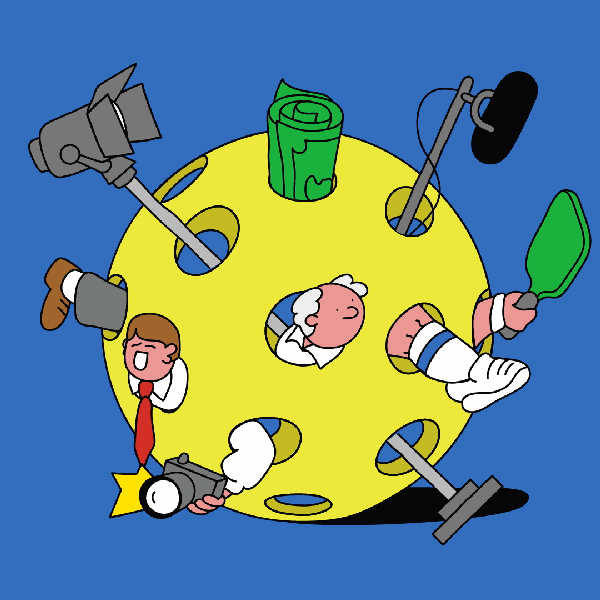| The sport, beloved for its democratic spirit, could unite the country—if it doesn’t divide itself first.  Illustration by Igor Bastidas Pickleball, a tennis-like sport that’s friendlier than tennis, both physically and socially, is growing like mad. The sport, played with paddles and a Wiffle-like ball on a small court, usually doubles, is conducive to conversation; it provides just enough exercise and just enough socializing. Some people are drawn in by the sound: they hear a mysterious “pop-pop-pop,” follow it, discover people playing, are taught to play, get hooked, and sometimes end up rearranging their lives to accommodate more of it. As a reporter, I was drawn in a year ago by an interviewee who told me, when I asked what she wanted for her future, “More pickleball.” What accounts for pickleball fever? I went to Boca Raton, Florida; Austin, Texas; and the Billie Jean King Tennis Center, in Queens, to find out. Players of all levels cited similar reasons for its appeal: pickleball is friendly and fun; competence comes quickly but mastery does not; it fosters community in a way that surprises and delights them. Good sportsmanship is encouraged: Byron Freso, a top pickleball referee, told me that bad behavior might inspire a comment like “That’s tennis. Don’t bring your tennis here.” Many pickleball players are, in fact, former tennis players, both in the recreational realm and in the sport’s burgeoning pro scene. One pro, Zane Navratil, explained pickleball culture to me this way: “In tennis, you’re a hundred feet from your opponent, and if you cheat on a call you can sort of look at the court. In pickleball, you’re fourteen feet away, and you’ve got to look ’em in the eye.” My theory for the sport’s success is a simple one: playing pickleball makes people feel good—and lately people have been desperate to feel good. —Sarah Larson, staff writer Support The New Yorker’s award-winning journalism. Subscribe today » |
No comments:
Post a Comment